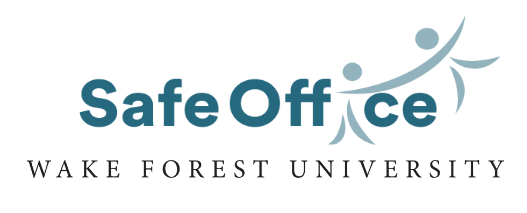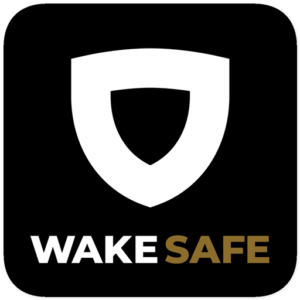Safety Planning
What Is A Safety Plan?
A safety plan is a personalized, practical plan to improve a person’s safety while experiencing an unhealthy or abusive relationship, preparing to leave an abusive situation, or after they leave.
This plan can include information tailored to your unique situation and will help you prepare for and respond to different scenarios, including telling your friends and family about your situation, coping with emotions, attempting to problem solve to address and/or minimize barriers, and identify various resources suited to your individual circumstances. It can be helpful to think through this information in advance, as it can be hard to think clearly or make logical decisions during moments of crisis¹.
Want to learn more about safety planning? Visit Thehotline.org for even more information!
Want to learn more about safety planning considerations specific to human trafficking? Visit the National Human Trafficking Hotline for even more information!
¹ adapted from loveisrespect.org
Safety And Technology
We live in a connected world, which can pose unique challenges for survivors attempting to leave an unhealthy or abusive relationship. It’s important to consider how someone may use technology to perpetuate harm during a relationship, after it has ended, or to stalk an individual.
If you are concerned that your partner or someone else may be monitoring your activity online, it can be helpful to delete your browser history after visiting certain websites, including this site. You can also clear your cache, entire history, and cookies. Keep in mind that if someone is continually monitoring your activity, clearing out your entire history may alert them that you are trying to hide actions from them.
Tips:
- Use private browsing mode on your internet browser and/or a VPN (virtual private network). The WFU network is encrypted, secure, and does not require a VPN, however, if you have concerns that someone is monitoring you from inside the WFU network, you can add a VPN or reach out to the Safe Office to explore options. For most internet browsers, you can right click the icon and select the Private Browsing mode (or incognito mode). Using this mode does not store a record of your activity; however, using incognito mode does not necessarily ensure full privacy of your online activity. The Safe Office can collaborate with Information Systems and The Bridge to identify further considerations and safety features if you have concerns.
- Use other devices like borrowing a friend’s computer or phone, getting a pay-as-you-go phone, visit ZSR to use the public computers, or contact the Safe Office to explore other options.
- Filter social media content and set boundaries in ways that are most helpful to you. Consider what personal details you may want to leave off like phone numbers, locations, addresses, etc. If someone is harassing you online, document the content if it is safe to do so and flag the posts. Temporarily deactivating accounts is also an option if it helps you feel safer. Remember, people may be able to learn a lot of personal information about you just by looking at the pictures you post….for example, if you take a picture in front of your apartment, and your apartment number is in the picture, it may be very easy for someone to figure out your home address from that picture. Always think critically about what information someone can gather from your account activity.
- Document what you can. It can be helpful to document information about interactions that feel unhealthy or abusive, if you feel you have a safe place where you can store the information (like an external hard drive or secret email account). This applies to any type of unsafe feeling interactions in relationships, online with acquaintances, or contact received from strangers.
- Be aware of location tracking, especially if you have previously shared location tracking abilities with someone. Although location tracking can increase safety, others can also use it to monitor someone’s location at all times, control someone’s movement, and/or stalk an individual. Tracking tags are smaller and easier to attain than ever.
Want to learn more about technology safety? Visit Safety Net Project for more information, including information on developing a technology specific safety plan.

Need to leave the website quickly?
Safe Office
Need immediate assistance?
24/7 Confidential Support Line
Have a non-urgent question?
Visit Us!
Wake Safe App

- Mobile BlueLight: send your location to and call WFU PD simultaneously.
- Friend Walk: sends your location in real-time to a friend so they can watch you as you walk to your destination!
- Social Escape: allows you to get out of a tough social situation by calling you and giving you an excuse to leave.
- We Are Wake: a comprehensive call to care for the mental health of all students.
- Campus Support Resources
